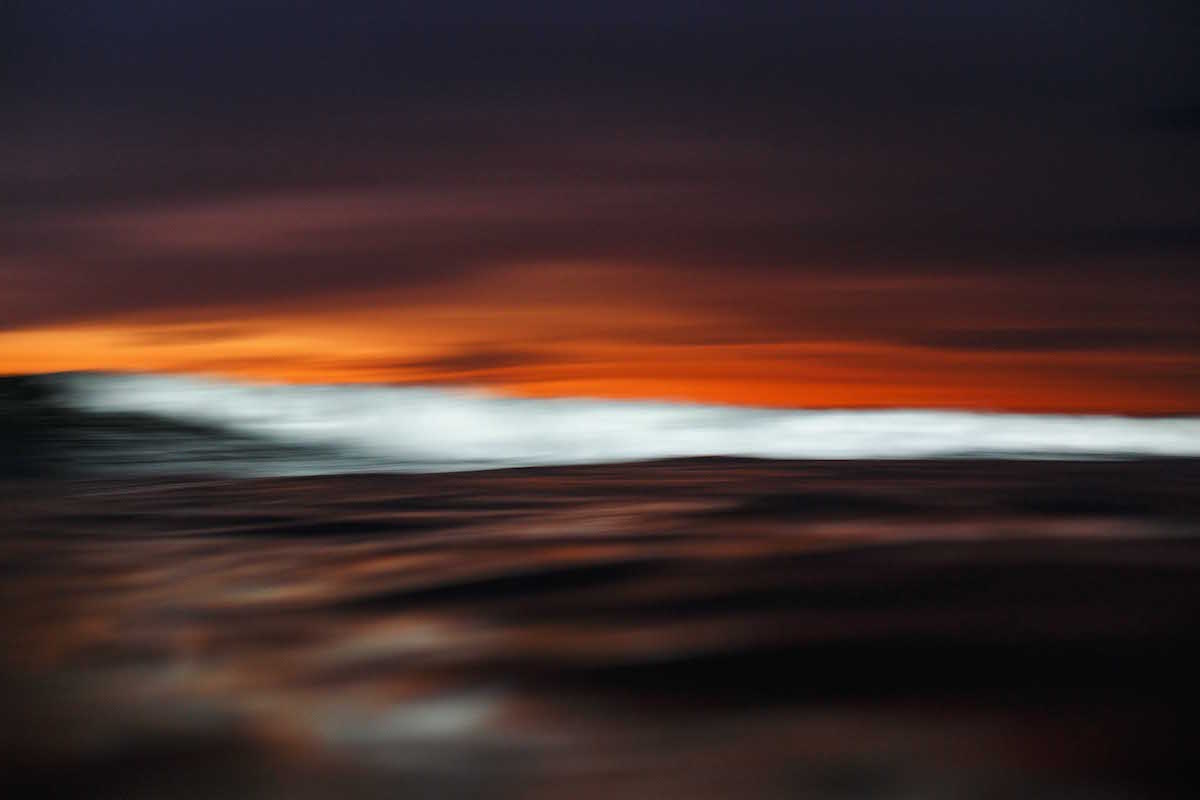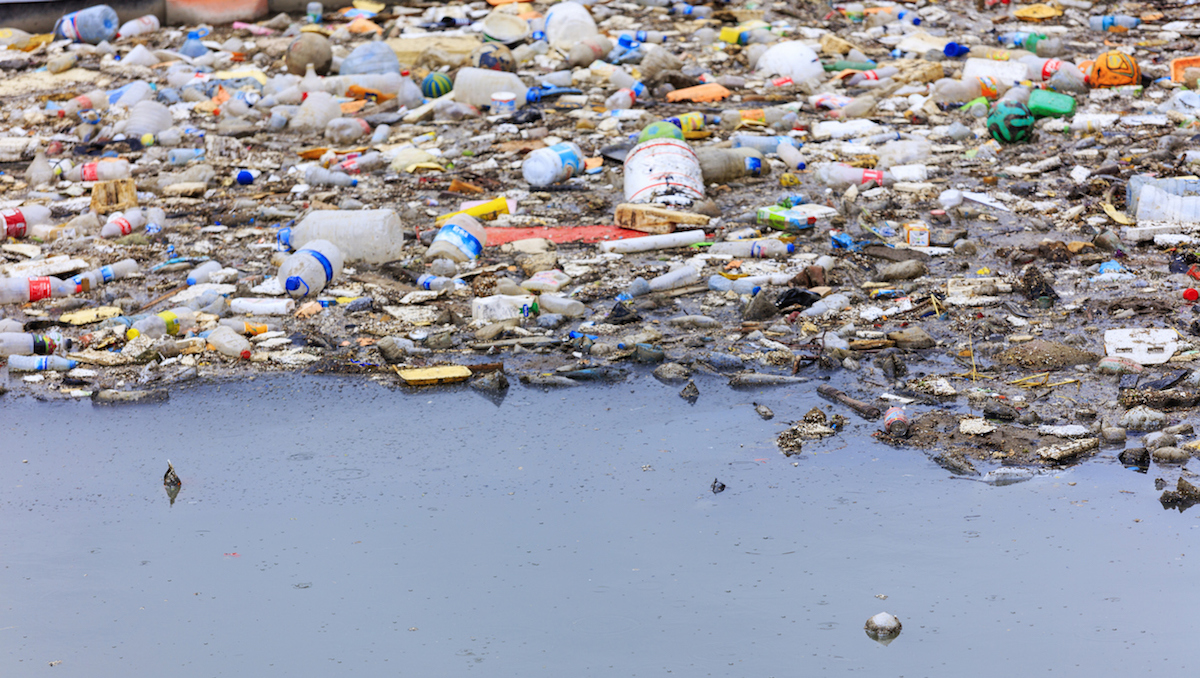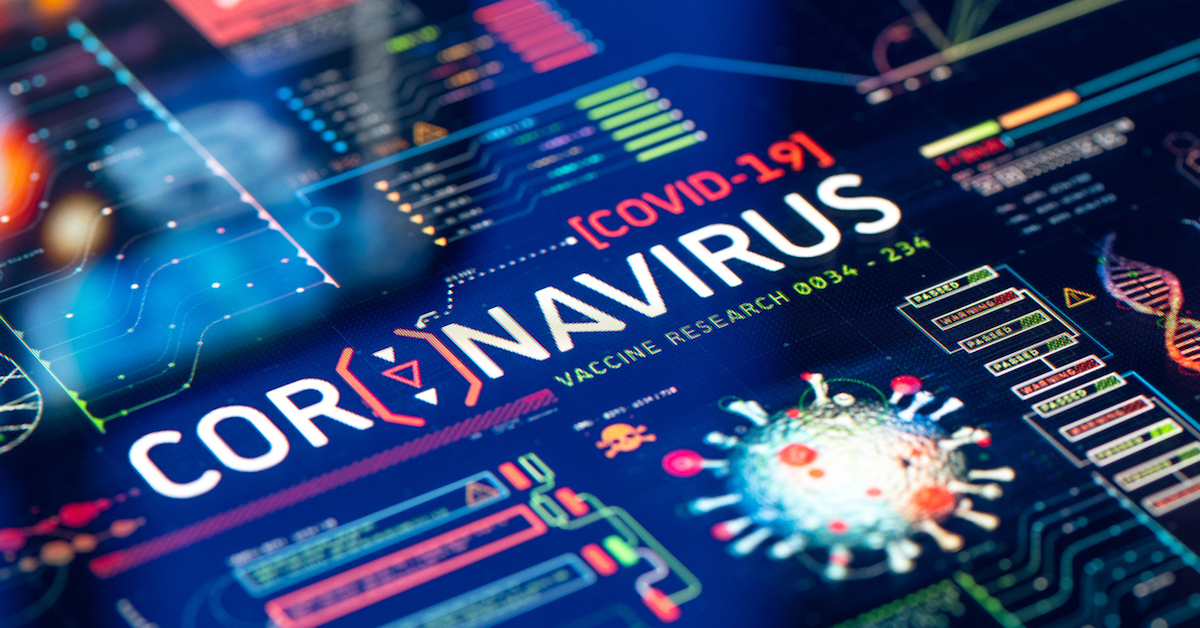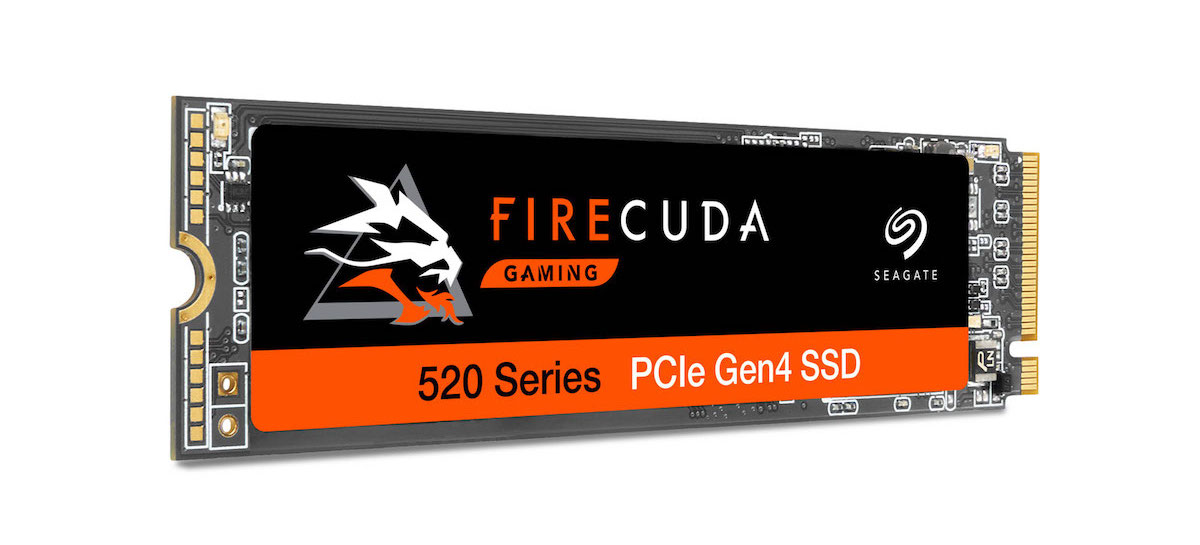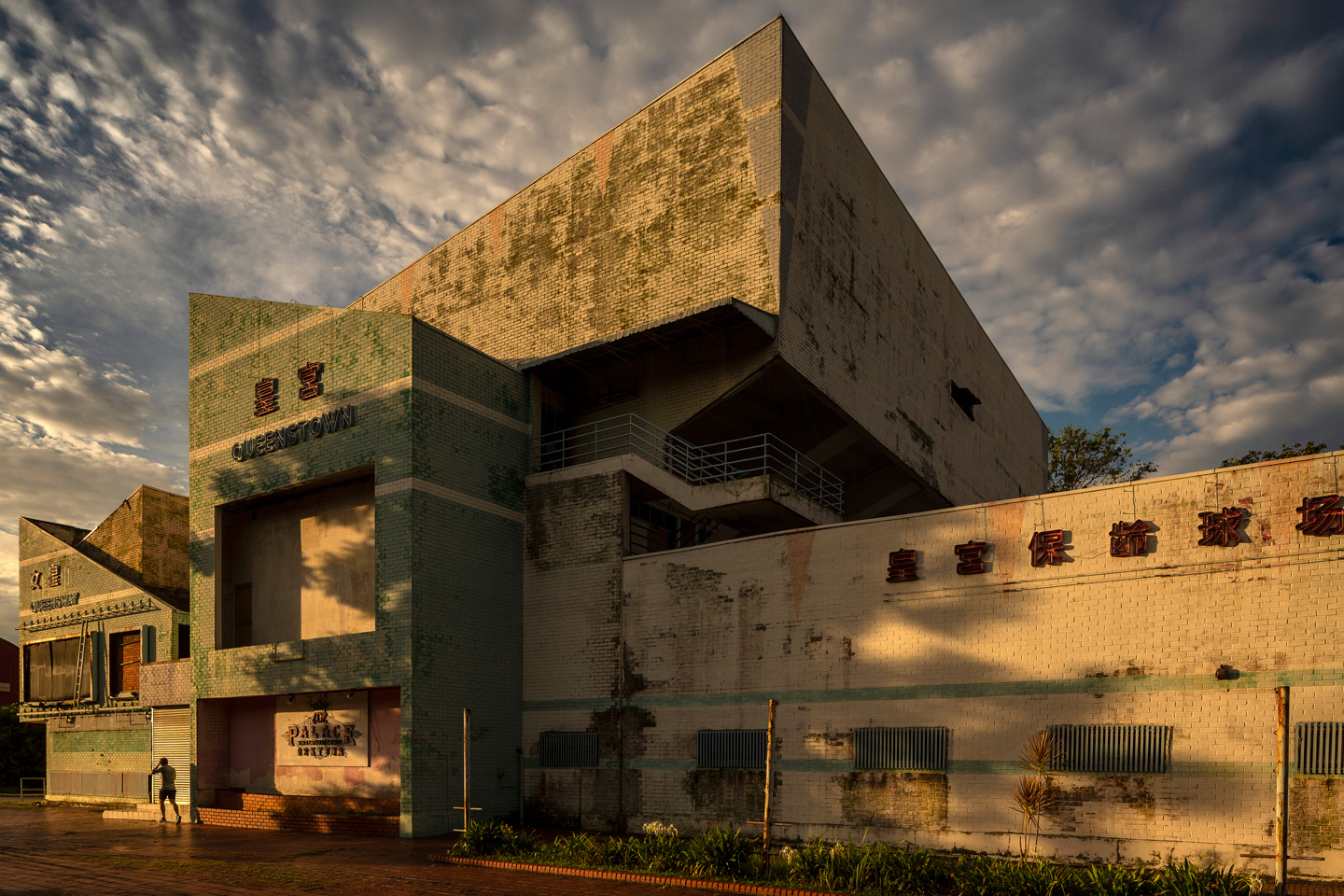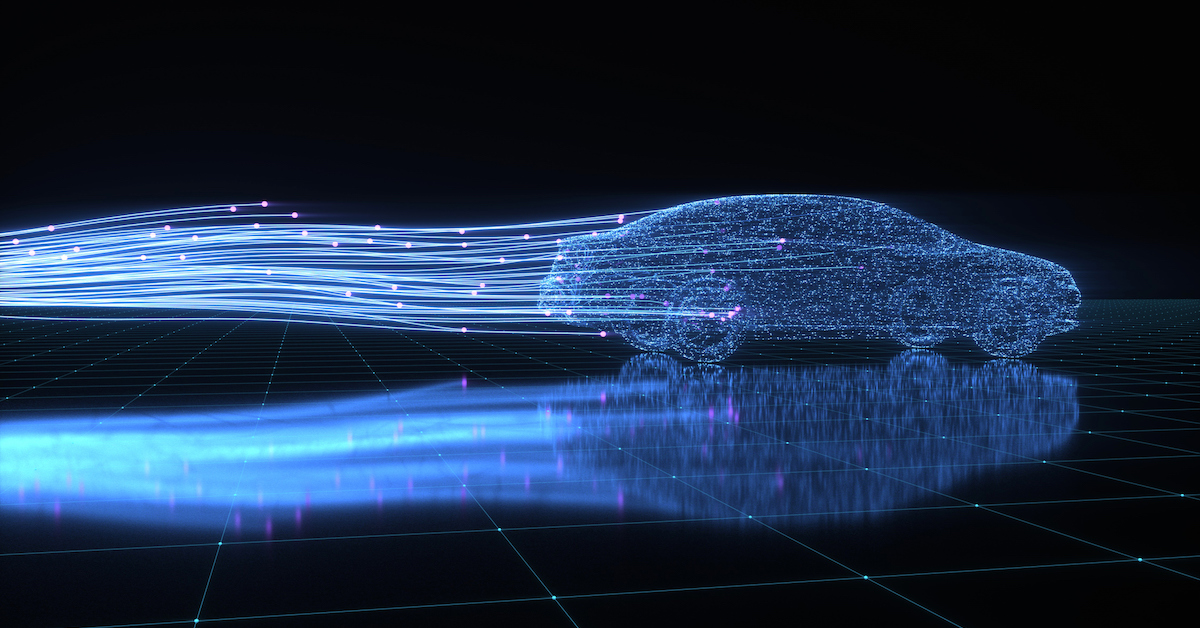Mauricio Espinoza is a Lima, Peru-based photographer who says he specializes in “ocean, waves and surf.” We got together with Mauricio to ask him about the challenges, fears and joys of taking photos while being tossed by ocean waves (see the Q&A below).
Since he was a child, Mauricio has always liked to spend his days at the beach. “The best memories of my childhood are of being near the sea. I always liked being in contact with nature, traveling, discovering new beaches and riding shorebreaks,” he says, explaining how he came to focus on shooting in the water. “I’ve always had an affinity for the ocean, the waves, sand, sunsets, bodysurfing and bodyboarding. I guess there’s no better place than the ocean and everything that surrounds it.”
Years ago when he was studying photography, he was inspired by some of the great classic surf photographers, and then he was introduced to the unique gear ocean photographers use to allow immersion in the wet, salty, always-moving environment of the sea — and he was sold. “That’s when my addiction for the ocean started. I wanted to photograph everything that happens in this environment.”
“Being in the ocean and looking at the waves, sunsets, surfers riding waves, seagulls, are all things that captivate me and make me happy. That’s what I want to register with my camera — moments that take your breath away. “
Mauricio uses Seagate and LaCie external drives to capture and protect those moments. Here he answers a few questions about his work, then below that shares some photographic insight to his workflow.
What are the biggest challenges you face on a photo shoot?
Most of my challenges are with the ocean. My biggest challenge is always going to a beach to enter the waves for the first time. There is that adrenaline that fills you with emotion and at the same time with fear.
The currents are the most difficult. I have to be prepared to fight them for long minutes at a time or I’ll end up far away from the point I intend to shoot.
The ways to conquer those challenges are to be prepared, be in shape physically and mentally. I try to go to the beach at least two or three times a week, to take pictures or just for a swim, to keep the body accustomed to the work.
Aside from the physical challenges of the ocean, the most difficult challenge is in getting closer to the action and trying to avoid the equipment getting wet while trying to get the ideal shot.
What inspires the way you shoot?
Well, I think that most of my inspiration comes from looking at the work of all the photographers that I follow. I get inspired seeing new images, then often later I’ll go to the ocean and try to approach similar ideas with my own variations, with my own style — and all of that experimentation inspires me to look for something totally new.
There have been a number of ocean photographers whose work has left me speechless, among them Morgan Maassen who has a unique style, more artistic than the classic surf shoot, and Clark Little, with his amazing pictures of the shorebreak — stunning.
Within the sea, the inspiration appears and surprises you all the time. The sea always brings new things, colors, and shapes. You have to be attentive to those things and be ready with the camera. I like to spend 4 or 5 hours at least in the sea.
Do you have any rules for shooting in the field or editing in the studio?
Before I go to the ocean I follow some steps. First I review my camera, battery, SD card, I check the weather and do the right adjustments I’ll need depending on the circumstances. Then I check my housing to be sure that everything fits perfectly, because inside the ocean there is no second chance if something misses.
Inside the ocean, I don’t have many rules. Be ready and prepared to photograph any situation. And be careful with the surfers, to avoid any crashes.
Back in the studio, the first thing I do after cleaning my equipment is download the pictures and then do a backup, always. Then I delete all the pictures that are useless due to focus problems or water drops interfering with composition.
I’m not really a fan of Photoshop to manipulate photos, I try not to use it for that. I only calibrate the color, cleaning the dots of the sensor in the image, and sometimes resize. That’s it.
What key pieces of gear do you depend on (besides your Seagate and LaCie hard drives)?
Besides my beautiful waterproof camera housing that I’m in love with, I think it would be my earplugs, they protect my ears from “Surfer’s ear” (exostosis of the external auditory canal) and allow me to spend hours and hours in the ocean. I’ve already had surgery in both ears last year that kept me out of the ocean for weeks.
And second, it would be my helmet — apart from protecting my head it gives me confidence to be closer to the action and feel safe. I’m often close enough to crash with surfers, so the helmet allows us both to do our work without fearing for my head.
What’s your current go-to tool for managing the data from your shoot?
My favorite would be always the LaCie Rugged. They are awesome, they give me confidence that my work is safe and secure even in the most difficult environments with sand, water or dust. They also have a nice style with the orange cover.
What advice can you give an aspiring artist, to help develop their ideas?
Something that works for me is always to view as many pictures I can, that give me new ideas about light, composition, colors. Also I always look for the best photographers in the field to check their work and try to compare myself with them.
I always say that everything has already been photographed, so I need to look for something different, something new, use my own style, my experience to create cool photos, something that has my signature.
Definitely, love what you do, have fun and persist.
Photo Set
In the shots below Mauricio shares a glimpse of his workflow in the water.
Image 1: “My lovely gear. Everything I need to having fun and start creating. Housing, camera, lenses, fins, earplugs, helmet for the ocean and music, shades, drives, laptop for land!”
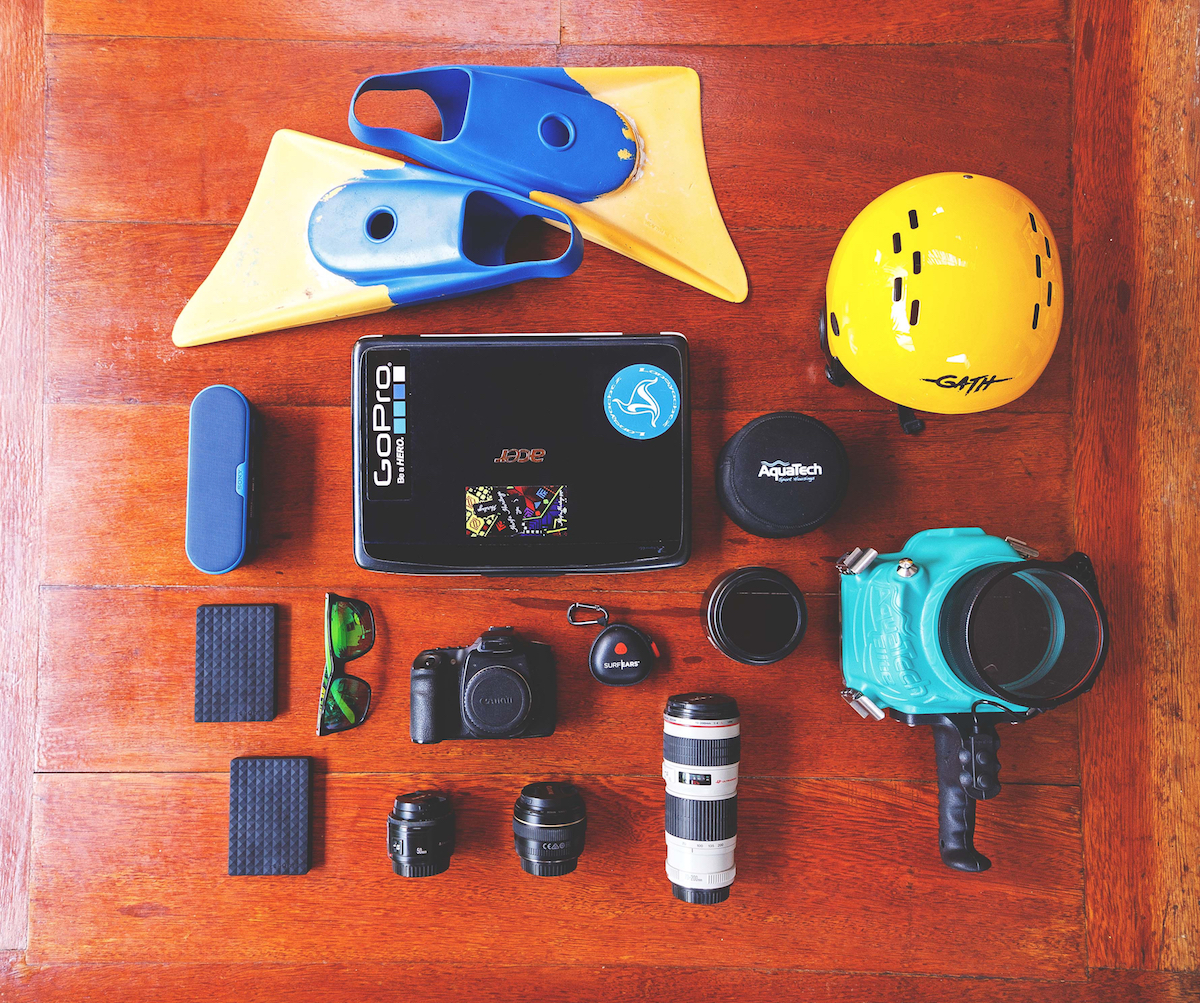
Image 2: “Getting ready to go, checking always twice all the camera details. Manual mode, Burst mode, AL servo focus, raw, and also check the housing to have everything controlled in the ocean.”

Image 3: “A portrait. Half me, half water. The place I like to be most of the time. Looking for light, moments, action, everything that passes through my eyes.”

Image 4: “Office time. The second part of the day, the moment to check all the images from the shoot, select the good ones, classify, check focus, thinking how some pictures can work, getting everything ready to start editing.”
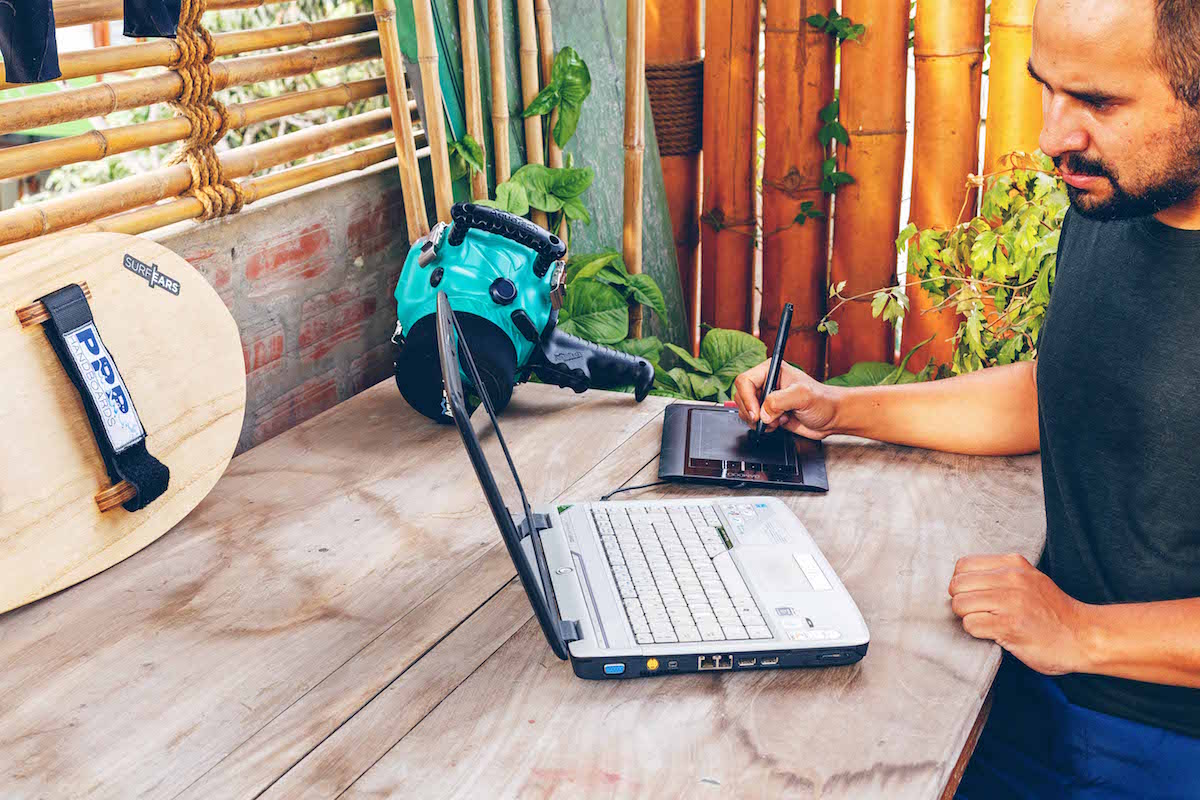
Image 5: “Final work. I like to spend hours at the ocean, until the last light, trying to create images that can take my breath away. This is an image of a wave at low speed in the last moments of light, moving the camera from one side to other side.”
